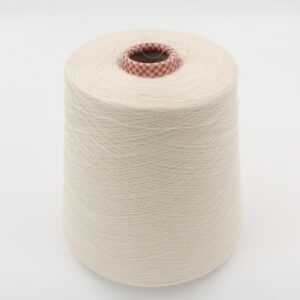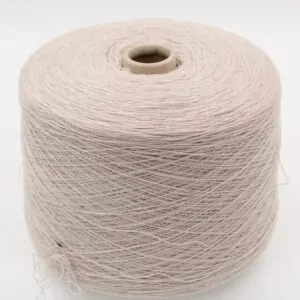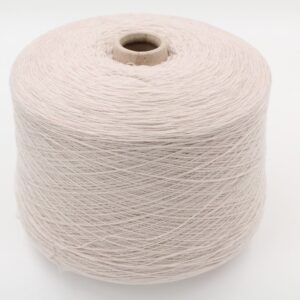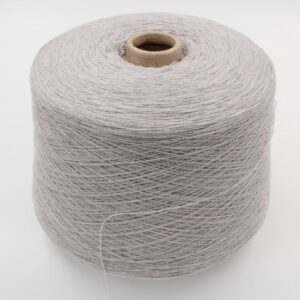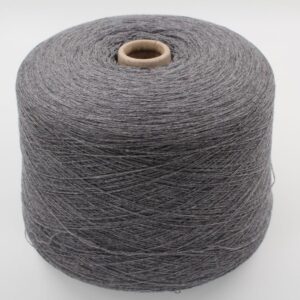Using Wool in Knitting: Tradition, Versatility and Sustainability
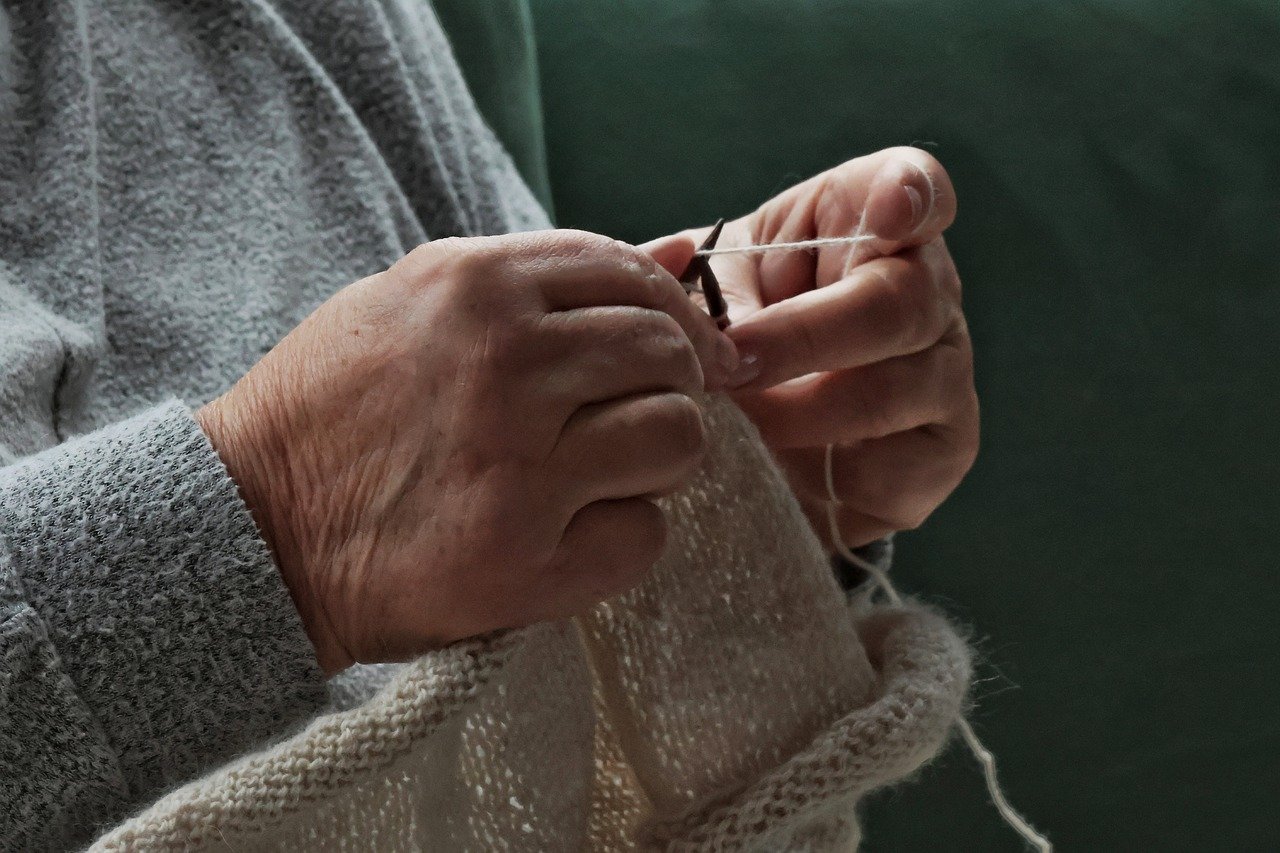
Using Wool in Knitting: Tradition, Versatility and Sustainability
Knitting is an ancient art that has spanned the centuries, continuing to evolve to this day. Among the main materials used in this practice, wool occupies a prominent place, thanks to its unparalleled natural properties and versatility. This article explores the characteristics of wool, the benefits of using it in knitting, and some considerations for choosing the best one.
Why choose wool?
Wool is a natural fiber obtained from the fleece of sheep, goats (such as cashmere and mohair), rabbits (such as angora) and other animals. Its main characteristics make it ideal for knitting:
- Elasticity and softness : Wool is elastic and easily adapts to the shape of the body, making the garments comfortable to wear. In addition, it is available in different degrees of softness depending on the type of animal it comes from.
- Thermal insulation : Thanks to the structure of its fibres, wool is able to retain heat, making it perfect for winter garments such as sweaters, scarves and gloves.
- Breathability : Despite its insulating properties, wool is also breathable, preventing moisture build-up and ensuring optimal comfort.
- Durability : With proper care, wool garments can last for years without losing their original qualities.
- Sustainability : Being biodegradable and renewable, wool is an eco-friendly choice for those who want to reduce their environmental impact.
Types of wool for knitting
There are many types of wool, each with its own characteristics. Some of the most common include:
- Merino wool : Known for its exceptional softness and lightness, it is ideal for garments in direct contact with the skin, such as shirts and socks.
- Cashmere : Fine and luxurious, it is perfect for special projects and refined accessories.
- Mohair : Often used for light, fluffy garments thanks to its soft texture.
- Alpaca : Prized for its softness and resistance, it is particularly suitable for winter projects.
- Raw wool : Ideal for thick, durable sweaters, it is excellent for garments intended for everyday use or outdoor activities.
How to choose the right wool
The choice of wool depends on several factors, including the type of project, personal needs and budget. Here are some things to consider:
- Yarn Thickness : The thickness of the wool varies from very thin (lace) to very thick (chunky). The choice will depend on the type of garment and the desired result.
- Composition : Reading the label helps you understand if it is pure wool or a blend with other fibres, such as acrylic or cotton.
- Color and Dye : Wool comes in a wide range of natural and dyed colors. Natural wools are often untreated, while dyed wools offer a greater variety of colors.
Wool garment care
To maintain the beauty and functionality of wool garments, it is essential to follow some simple precautions:
- Hand wash : Use warm water and a gentle detergent specifically for wool.
- Drying : Avoid the dryer and leave garments to dry flat, away from direct heat sources.
- Storage : Store wool garments in a dry, clean place, preferably in cotton bags or with moth-proof protection.
Wool is a timeless material that combines tradition and innovation in the world of knitting. Choosing it means not only creating beautiful and functional garments, but also contributing to more sustainable consumption. Whether you are a beginner or an expert, wool offers endless possibilities to express your creativity and create unique and long-lasting projects.



